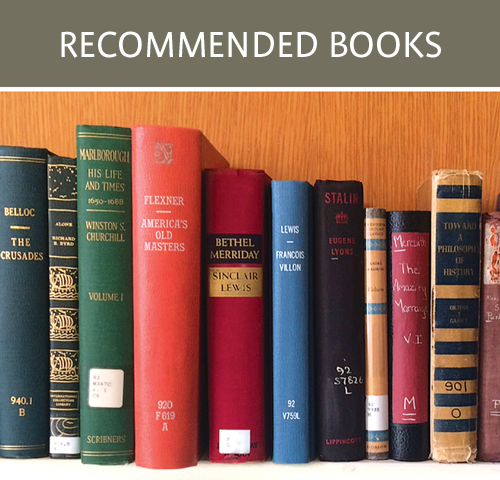What We Read in 2015
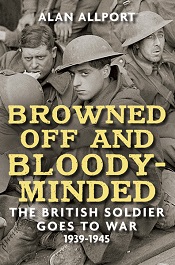
It’s everything but the thunder of the guns in Alan Allport’s Browned-Off and Bloody-Minded: The British Soldier Goes to War 1939-1945. The cover bloke’s expression sums it up: Hate it here, but if needs must. The mixed motives and even more mixed results of Britain’s wartime transition make for gripping, surprising narrative, with Africa, Italy, Burma, and the men who went there evoked in corporeal detail. Bonus 2015 book: Every American should read Ta-Nehisi Coates' Between the World and Me (e-book available). —Sara Holliday, Events Coordinator
My favorite book last year was actually an advanced reader’s copy of a debut novel that I’m now happy to say is published, in our collection, and available for checkout. Julia Claiborne Johnson’s Be Frank with Me is an absolute page turner: a funny, sweet, heartbreaking (at times), special novel about a reclusive writer and her eccentric, gifted son. I’ve been waiting to recommend it for months. —Carolyn Waters, Head Librarian
The Authentic Death of Hendry Jones by Charles Neider was a welcome discovery in 2015. This literary western from 1956 provided inspiration for Brando’s One-Eyed Jacks and Peckinpah’s Pat Garrett & Billy the Kid, and invites comparison to Oakley Hall’s Warlock, John Williams’ (of Stoner fame) Butcher’s Crossing, even Cormac McCarthy’s Blood Meridian. I finished 2015 reading Jean Rhys’sWide Sargasso Sea. Its lofty reputation and my admiration for Rhys’s earlier books was a lot to live up to, but it is unforgettable. —Steven McGuirl, Head of Acquisitions
Kate Atkinson’s A God in Ruins (e-book available) is an unapologetically old- fashioned novel. It has everything—heroic protagonist, 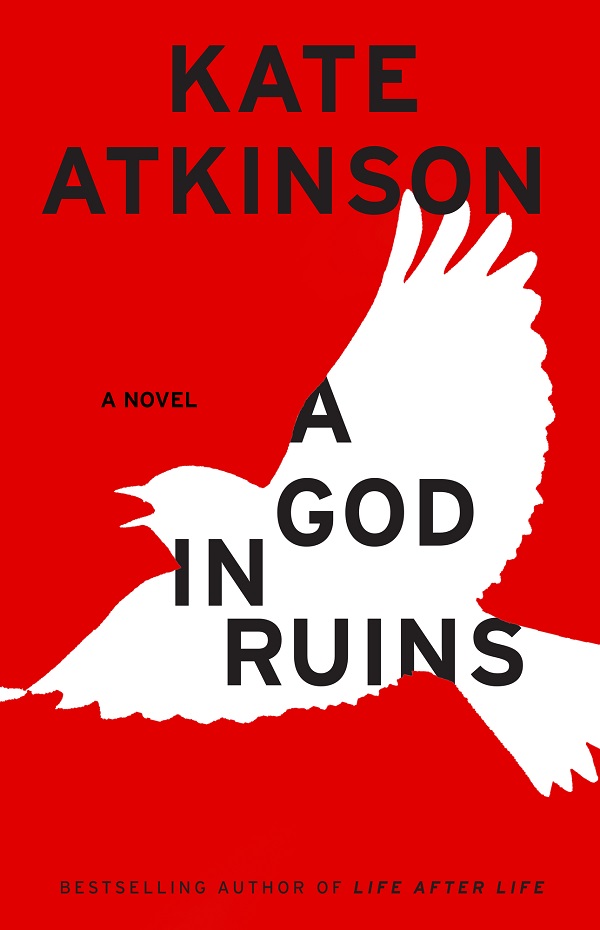 lush descriptions, thrilling action scenes, and fine supporting characters. It is simultaneously larger than life and exquisitely focused on the details that compose our memories and make us who we are. Atkinson is not afraid to portray grand emotions, but her humor and clarity of style preclude sentimentality. Easily the most satisfying novel I read in 2015. —Diane Srebnick, Development Assistant
lush descriptions, thrilling action scenes, and fine supporting characters. It is simultaneously larger than life and exquisitely focused on the details that compose our memories and make us who we are. Atkinson is not afraid to portray grand emotions, but her humor and clarity of style preclude sentimentality. Easily the most satisfying novel I read in 2015. —Diane Srebnick, Development Assistant
A Little Life by Hanya Yanagihara (as e-book) is unlike most recent literary fiction. Its appeals to emotion aren’t subtle, but trenchant and dramatic. It does not cloak itself in ironies. Instead it dares to delve deep into the emotional lives of the men it depicts. It is both intimate in detail and operatic in scope. It is alternately sad and hopeful, but always deeply moving. By its conclusion, I felt changed for having known these men. —Patrick Rayner, Acquisitions Assistant/Circulation Assistant
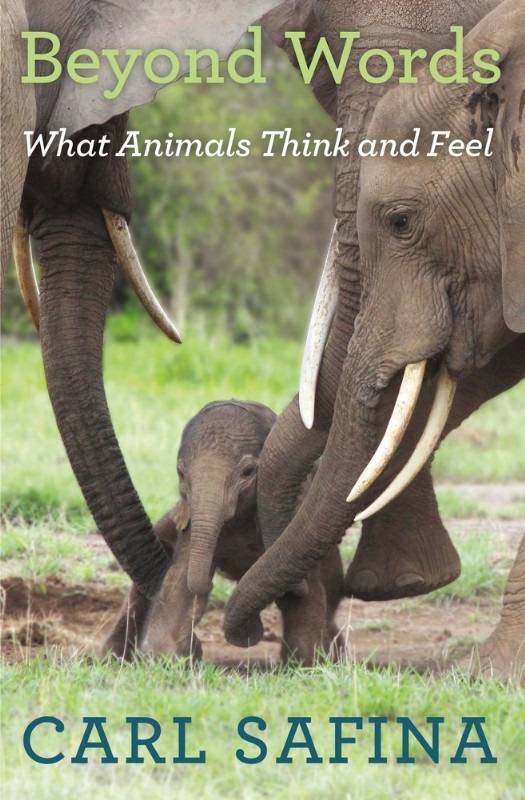
A piece in the New York Review of Books piqued my interest in Carl Safina’s Beyond Words: What Animals Think and Feel. Safina isn’t in the same league as other non-fiction writers I’ve read this year (Dave Hickey, Julian Bell, Oliver Sacks) but his stories about elephants, wolves, dolphins, whales, and chimps have stuck with me, and even changed the way I think about what it means to be a human kind of animal. —Erin Schreiner, Special Collections Librarian
With incredible clarity and elegance, Anne Heller’s Hannah Arendt: A Life in Dark Times and Agota KristofThe Notebook limn the struggle for a sense of place. Faced with a disavowing world, Arendt illuminated “the kinds of thinking, judging, and acting” essential for a “diverse and moral human race.”. While in The Notebook, twin boys systematically expose each other to cruelty, seeking immunity. The loneliness of both enterprises is deeply moving; the familiarity of their worlds is deeply troubling. —Sharon Kim, Circulation Page
The Arab of the Future: A Childhood in the Middle East, 1978 – 1984 is the memoir of cartoonist Riad Sattouf, the doted-upon son of a Syrian father and French mother. Brightly -colored and funny, the book’s childlike tone pays equal mind to the young boy’s wonder at hearing the 4 AM call to prayer for the first time, to receiving his first toy gun, to his earliest memory of picking up a pen and learning to draw. —Katie Fricas, Events Assistant/Circulation Assistant
A combination of food history and linguistics, Dan Jurafsky’s The Language of Food: a Linguist Reads the Menu is a scientific analysis, a history lesson, and a culinary discussion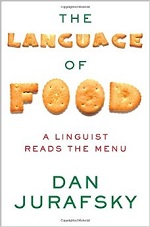 in one. Engaging his linguistics and computer science backgrounds, the author investigates the way language has evolved around food, and how food has evolved around language. Your dinner party conversation will not be the same after this read. —Peri Pignetti, Catalog Librarian
in one. Engaging his linguistics and computer science backgrounds, the author investigates the way language has evolved around food, and how food has evolved around language. Your dinner party conversation will not be the same after this read. —Peri Pignetti, Catalog Librarian
YOUNG ADULT
2015 was tough for readers who hold a special place in their hearts for Scout, Jem, and Dill, not to mention Atticus Finch. I avoided that fray and instead found a spectacular read in I Kill the Mockingbird by Paul Acampora (e-book available), in which three best friends use subversive methods to promote their favorite novel (guess which?), with unexpected consequences. The characters are strong and likable, the plot is tight—don’t miss this uplifting, clever, and humorous story. —Randi Levy, Head of the Children’s Library
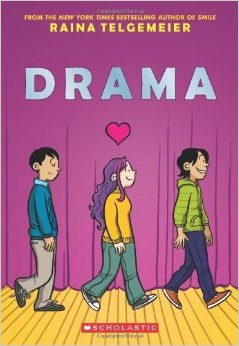
Graphic novels are my favorite thing to read, and this year did not disappoint when it came to newly published finds. My favorite of 2015 was Drama, by Raina Telgemeier. This graphic tale follows Callie, who loves theater, as she navigates school, crushes, and friendships. The art is a perfect match for the humor that saturates this well-told and fun middle grade story. I highly recommend it for all ages! —Danielle Gregori, Children's Librarian
Much of my 2015 was spent developing our new Young Adult-High School collection. The best new book I discovered during my research is Dime by E.R. Frank, a gritty story of a young girl fighting for her life, as she attempts to escape from the sex-trafficking world. Through countless references to children’s literature, this hard, but hopeful, tale is highly recommended for anyone who wants to revel in the power that reading holds for all. —Susan Vincent Molinaro, Children’s Librarian
